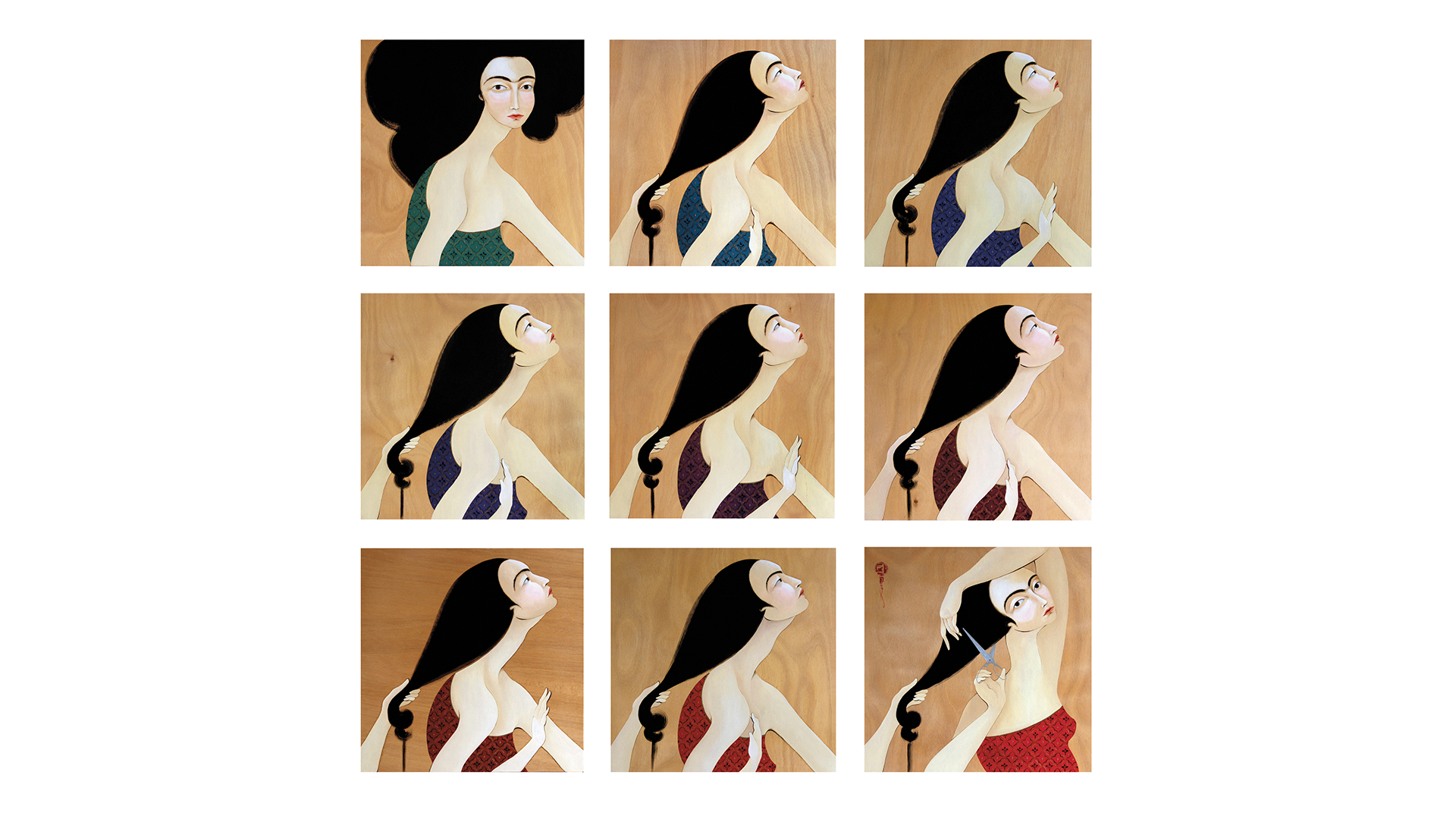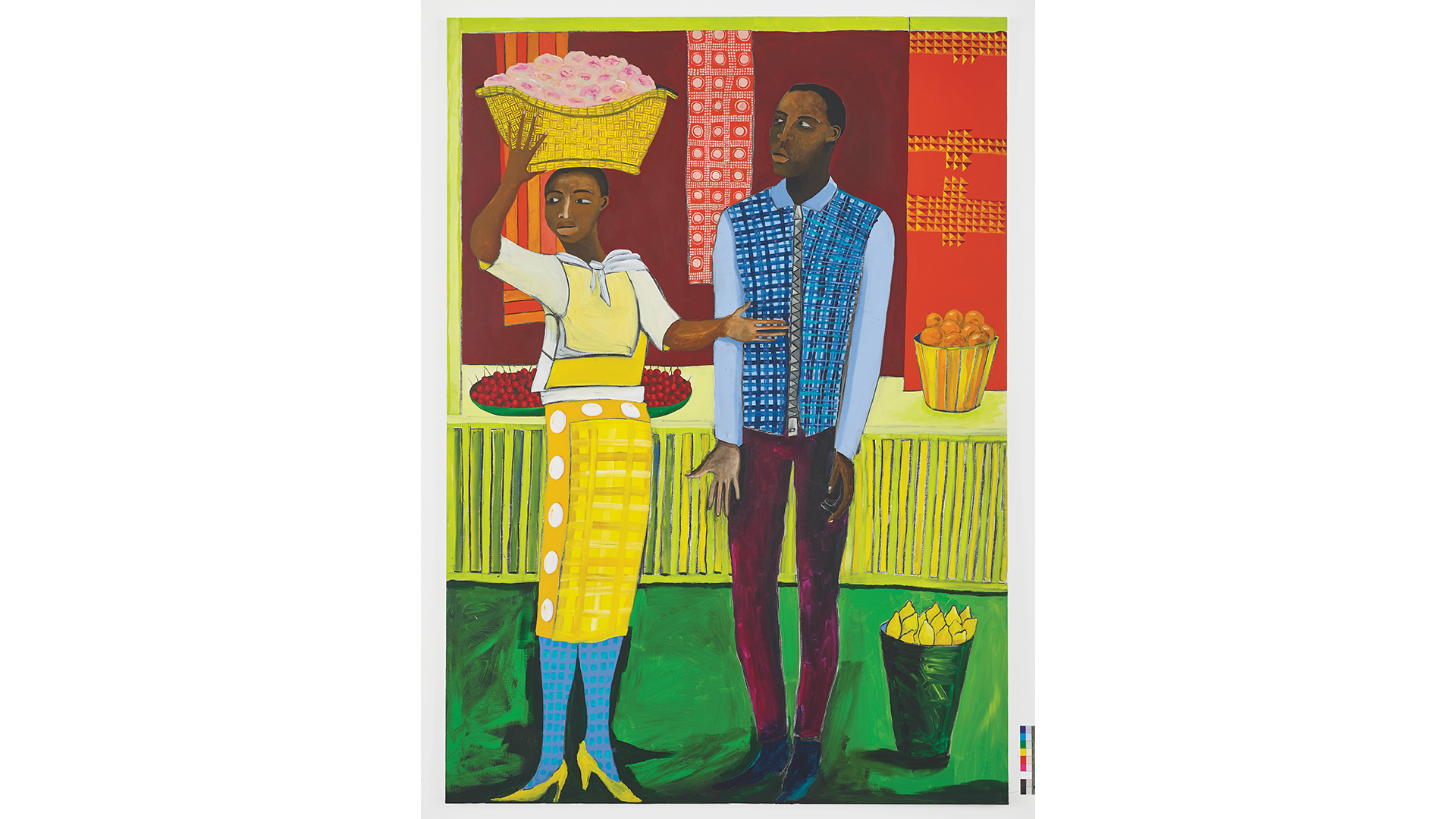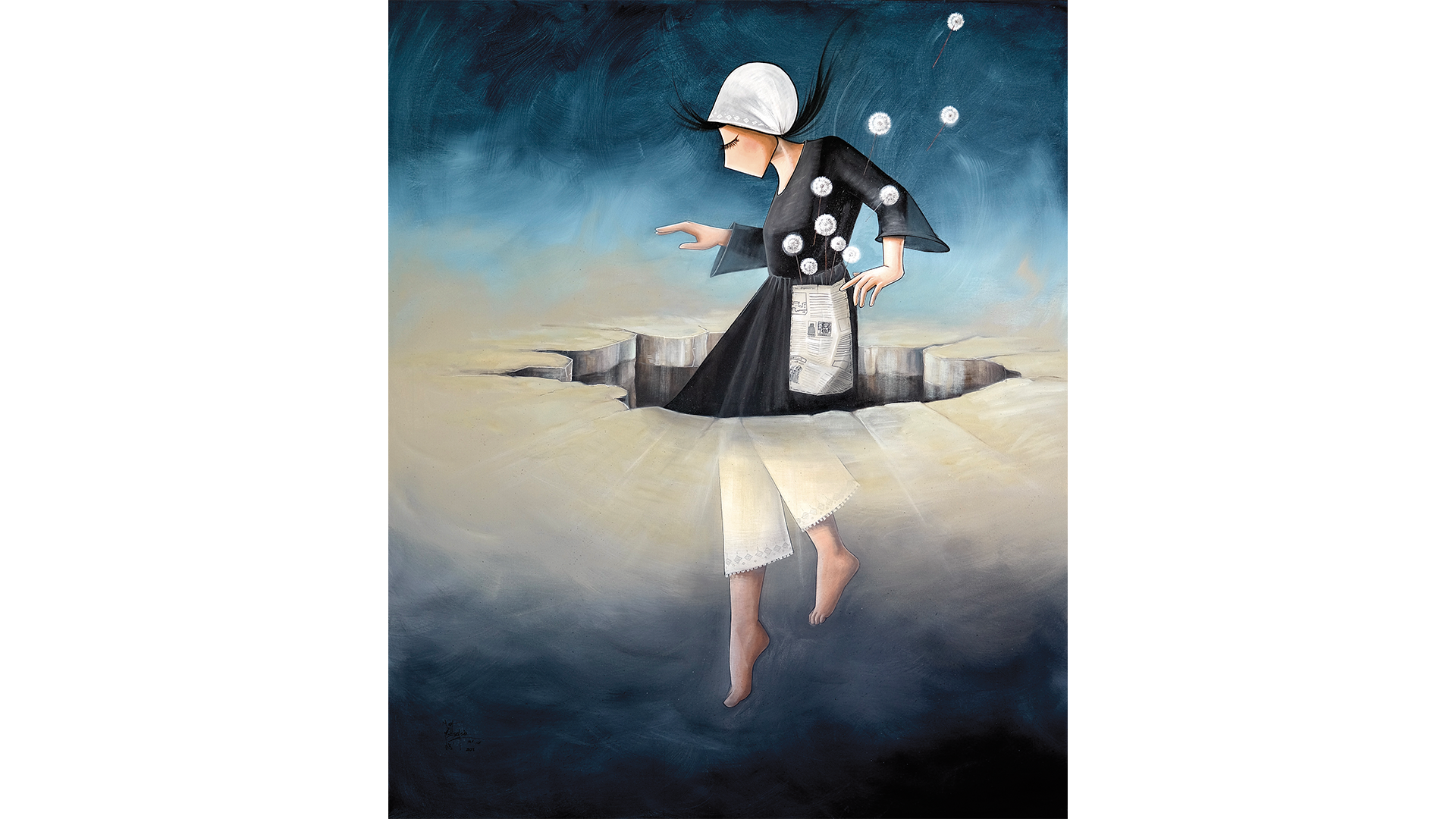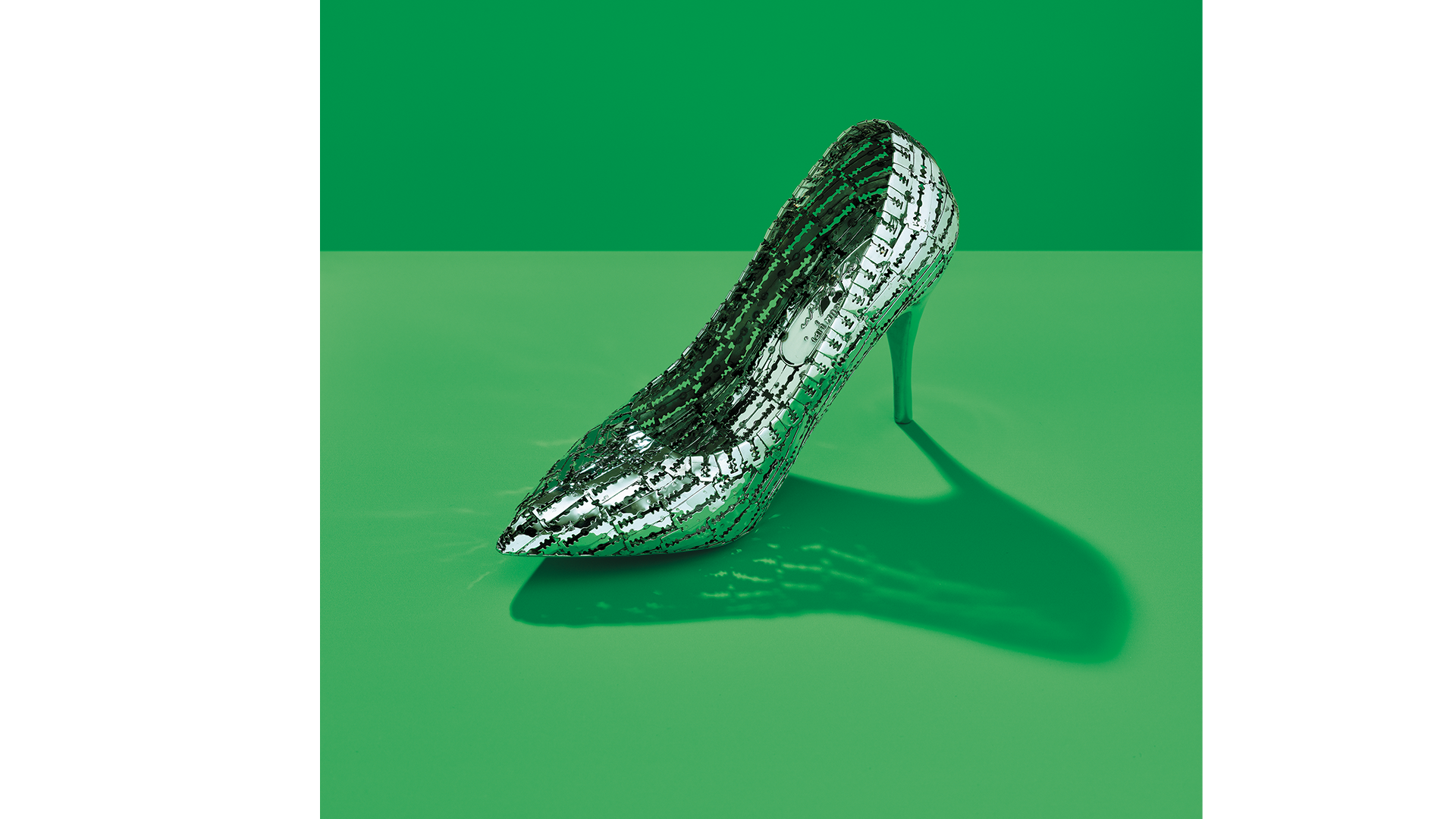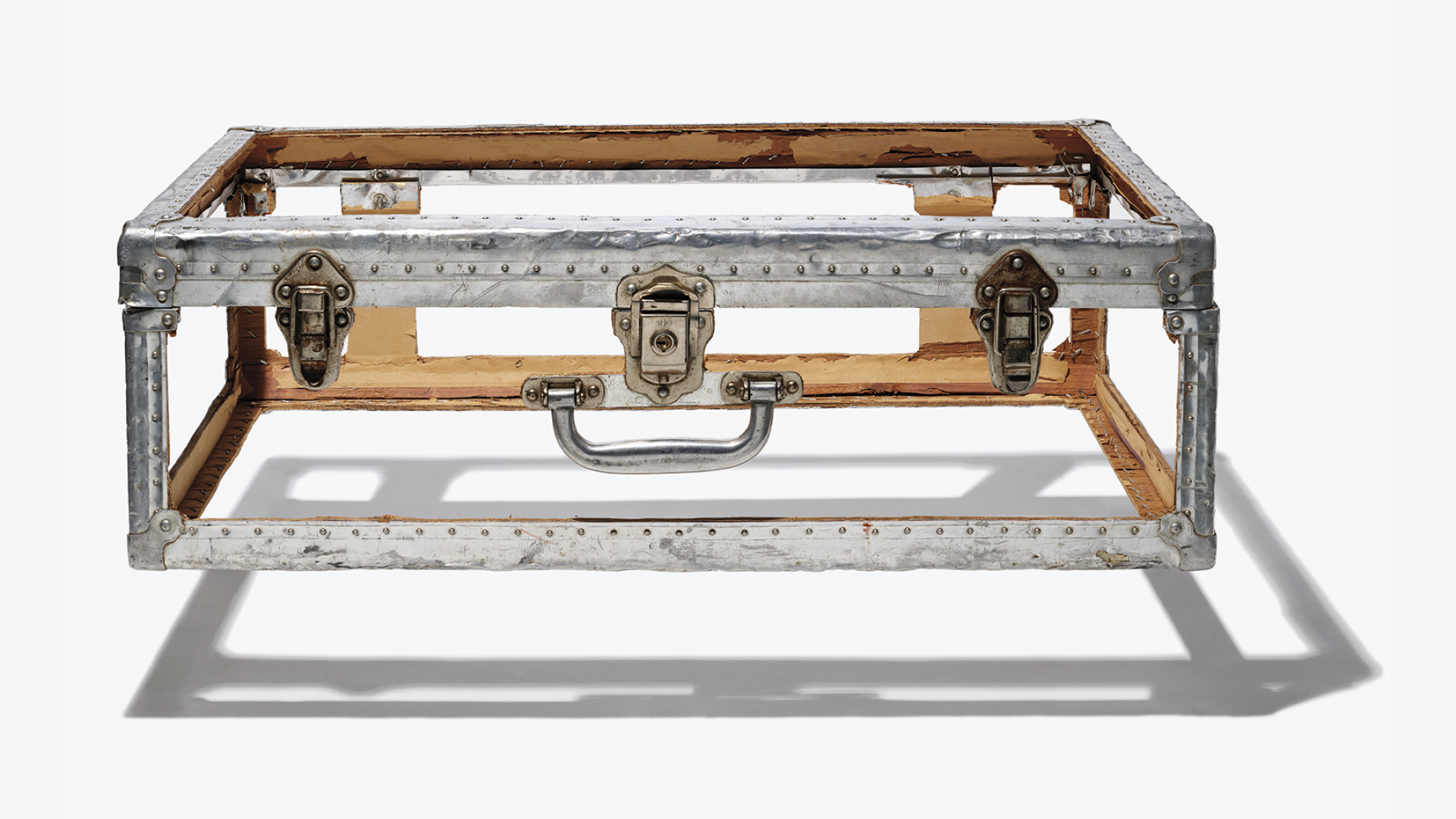Compelling art forces us to think about how our personal stories influence change in personal and public spheres.
Being and Belonging: Contemporary Women Artists from the Islamic World and Beyond is an exhibition about claiming space and place for women as equal commentators on the world we live in today. As in many other spheres of professional life, women in the art world remain severely underrepresented. According to data collected in 2017 by the National Museum of Women in the Arts (NMWA), artworks by women represent only three to five percent of major permanent collections in the U.S. and Europe. A similarly disheartening figure accounts for the number of artworks by women sold globally through major auction houses between 2007 and 2017: only four percent.
There are some movements toward change. For example, in the 2019 Venice Biennale, women artists outnumbered their male counterparts for the first time in 58 editions. In 2017, the British contemporary artist Lubaina Himid, one of the artists featured in Being and Belonging, became the first woman of colour and the oldest person to win the prestigious Turner Prize in its 33-year history. Ironically, Himid’s work focuses on colonial history, racism, and institutional invisibility vis-à-vis the Black experience.
Yet more must be accomplished. As the recent international visibility of the women-led Woman, Life, Freedom movement in Iran has made clear, oftentimes the silence is a result of social restrictions and political circumstances, but when a tipping point is reached, women are formidable agents of change with powerful messages to express. Being and Belonging sheds light on nuanced expressions of intersectional feminisms by showcasing the work of 25 artists who seek transformational changes within their societies on their own terms.
Although many of the artists foreground their practices in this way, their embodied perspectives do not confine their reflections to “women’s worlds.” Certainly, themes such as womanhood, the body, and the male gaze emerge from several works, but the project also pushes back against the reduction of these gendered perspectives to self-reflexive representations that confine women to domestic spaces. The works in the exhibition engage with notions of home, migration, displacement, freedom, politics, war, patriarchy, racism, gender and sexuality, LGBTQIA+ rights, spirituality and religion, gender-based violence, colonialism, and post-colonial realities.
The choice to place the emphasis on women who come from parts of Africa, the Middle East, Central Asia, and South and Southeast Asia was also deliberate. Often glossed under the contentious label of the “Islamic world,” the region encompasses a multiplicity of nations where the majority of inhabitants once embraced, and in most cases still profess, diverse expressions of Islam and Islamic culture, but also include people of other faiths who live alongside their Muslim neighbours. Not all artists in the exhibition identify as Muslim, and most live in North America or Europe today.
The compelling works in this exhibition urge us to contemplate the ways in which our personal stories distinguish us from and yet connect us to our families and communities, and how these stories shape us as individuals and political actors, and allow us to find beauty in pain or find ways to express the ineffable. Their art evokes themes that are not confined to personal stories but have the power to resonate and inspire anyone willing to engage with the complexities of being human.

